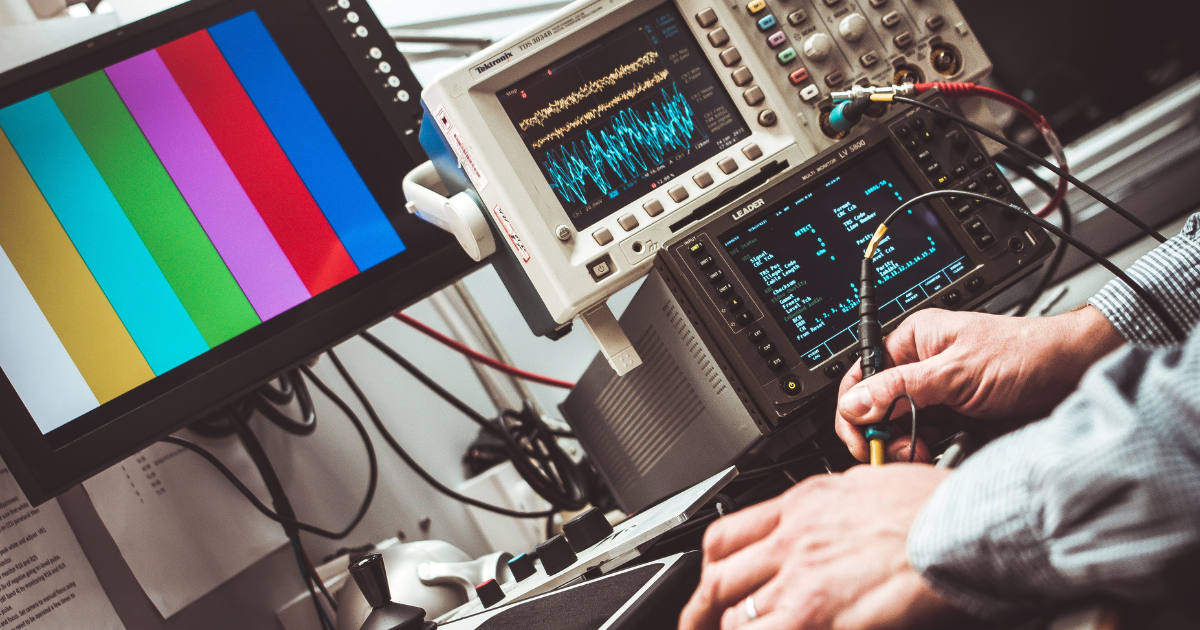
A computer forensic investigator will typically employ a tool to collect data from a system—such as a computer or computer network—without altering the system’s data. A fundamental principle of computer forensic examination is to avoid altering the original data, and some of the available tools include functionality specifically designed to uphold this principle. Even the act of shutting down a computer in order to transport it will most likely cause changes to the data on that system; however, an experienced investigator will always strive to protect the integrity of the original data whenever possible. In point of fact, it is not always easy to gather data without modifying the system in some way. A lot of computer forensic examinations involve making an exact copy of all the data on a disk in order to accomplish this. An image is the name given to this copy, and the process of creating an image is frequently referred to as imaging. Typically, this image is the subject of subsequent investigation.
The possibility of recovering deleted data or portions of it is another important concept. In most cases, data is not physically deleted when it is deleted; rather, only a reference to the data’s location (on a hard disk or another medium) is removed. Therefore, although the data may still be present, the computer’s operating system no longer “knows” about it. It may be possible to recover data that was deleted intentionally or accidentally by imaging and examining all of the data on a disk rather than just the parts that are known to the operating system.
Despite the fact that most real-world tools are made to do a particular job (the hammer is used to hammer nails, the screwdriver to turn a screw, etc.), Some tools are made to be used in more than one way. In a similar vein, some tools for computer forensics are made to serve a single purpose, while others may provide a wide range of features. Which tool from the investigator’s toolkit is best suited to the task at hand is determined by each investigation’s unique nature.
Computer forensic tools vary in price in addition to their functionality and complexity. While some tools are completely free, other market-leading commercial products cost thousands of dollars. Again, the best tools to use will depend on the nature of the forensic examination and the goal of the investigation.
The investigator has access to a growing number of tools, many of which are regularly updated by their creators to make them compatible with the most recent technologies. In addition, while some tools provide the examiner with unique information, others offer similar functionality with a different user interface. Considering the nature of the evidence that needs to be collected and the possibility that it will eventually be presented to a court of law, it is the responsibility of the computer forensic examiner to determine which tools are best suited for an investigation. This is unquestionably a fascinating field for all those involved due to the growing number of civil and criminal cases in which computer forensic tools play a significant role.
Leave a Reply